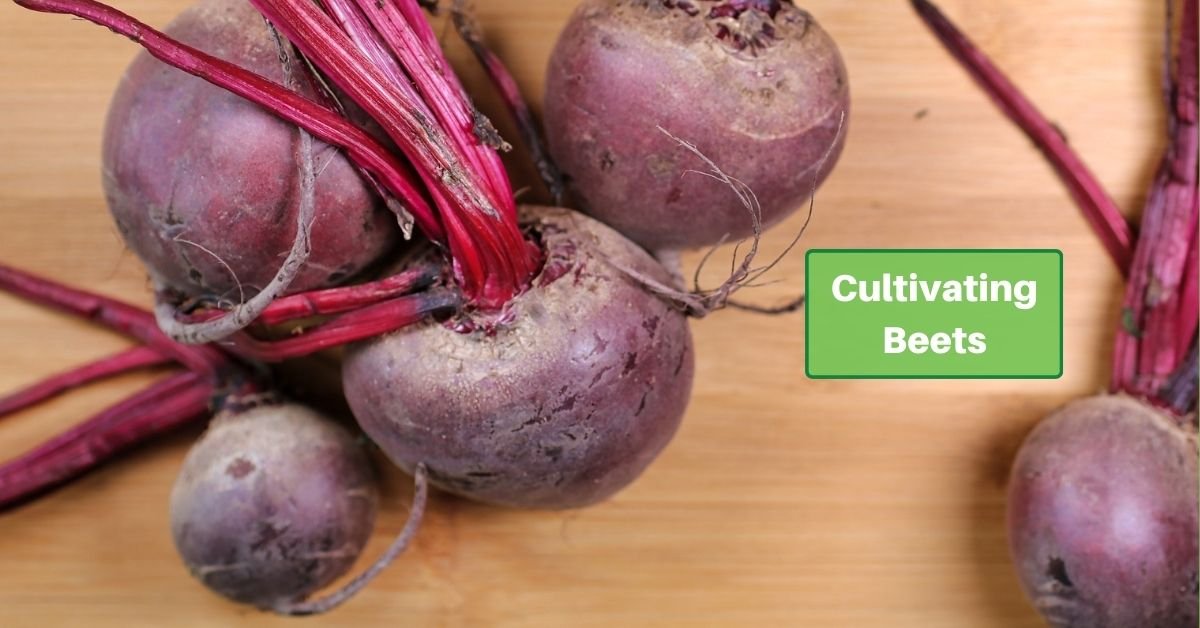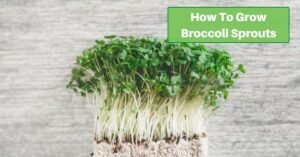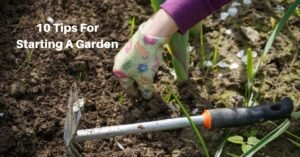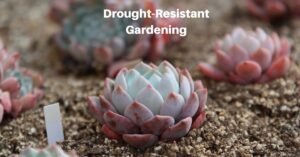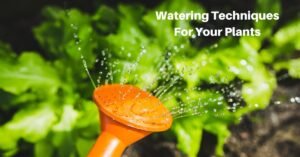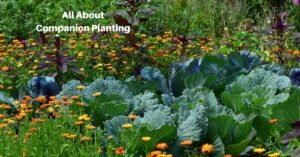Beets are a nutritious addition to any garden. Their distinctive crunch, earthy flavor, and vibrant colors are welcome on any table, too! No matter your gardening skill level, this guide will help you grow beets, from planting to harvesting these delicious root vegetables.
Choosing the Right Beet Variety
The first step in successfully growing beets is selecting the right variety. Beets come in various shapes, sizes, and colors, including red, golden, and striped varieties. Each type has a unique flavor and appearance. If you don’t know yet which type you prefer, you may want to sample some before adding them to your garden. Or you could grow several and experiment!
Preparing the Soil
Beets thrive in loose, well-draining soil that’s rich in organic matter. Start by removing debris from the soil and thoroughly turning it over.
A pH level of 6.0 to 7.0 is ideal for beets. A pH test kit from your local garden store will help you decide if you need to adjust anything. Compost always improves soil fertility and also adds some structure to the soil. If you don’t have compost, fertilizer will help – more info below!
Planting Beets
Beets can be grown from seeds and they’re easy to cultivate. You can actually start planting them outdoors about a month before the last expected frost. You can start planting once the soil temperature reaches about 50° F (10° C).
Sow beet seeds directly into your garden in rows, spacing them about 2-3 inches apart. Plant the seeds at a depth of approximately 1/2 inch.
If you want a continuous harvest, consider sowing beet seeds every two weeks throughout the growing season. You can continue doing this until about six weeks before fall’s first expected frost.
Order Beet Seeds Online
Sunlight and Location
Beets thrive in full sun, so choose a garden spot that receives at least 6-8 hours of direct sunlight each day. If your area has extremely hot summers, it’s ideal if your beets receive some afternoon shade.
Watering and Fertilizing
Proper watering is crucial for growing healthy beets. Be sure to keep the soil consistently moist but not waterlogged. Adequate moisture promotes the development of plump, juicy roots. Be mindful of dry spells, and water your beet plants regularly, especially during the summer months.
Fertilizing beets is relatively straightforward. Before planting, work a balanced, slow-release fertilizer into the soil.
Once the plants have reached a height of about 2-3 inches, side-dress them with additional fertilizer. Follow the recommended dosage on the fertilizer package to prevent overfeeding.
If your soil is sandy, it may lack boron. This deficiency could lead to black spots on your beets. To prevent this, spread about a half-ounce of borax for every 1000 square feet of garden. Or mix a level tablespoon of it in a gallon of water and spray around the base of the plant, being careful not to spray it on the leaves.
Thinning and Care
As your beet plants grow, they’ll need some care and attention:
Thinning: After the beet seedlings have emerged, thin them to ensure proper spacing. Leave one healthy seedling every 3-4 inches. Thinning helps prevent overcrowding and allows the remaining plants to develop robust roots.
Weed Control: Keep your beet beds free from weeds, which can compete with your beets for nutrients and moisture. Regularly remove any weeds to maintain a clean and weed-free garden.
Pest and Disease Management
Beets are relatively resistant to pests and diseases, but it’s essential to keep an eye on your plants for any signs of trouble. Aphids and leafhoppers can occasionally be a nuisance. You can address these pests with natural remedies or insecticidal soap if necessary.
Harvesting Beets
Beets are typically ready for harvest 50-70 days after planting, depending on the variety and growing conditions. To determine if your beets are ready, check the diameter of the roots. Most beets are at their best when they are about 1-2 inches in diameter. Larger beets tend to be tougher and may have a less desirable texture and flavor.
Gently loosen the soil around the roots with a garden fork or trowel. Pull the beets from the ground, being careful not to damage the roots. Remove the leaves, leaving about an inch of the stem attached. The beet greens are edible and can be used in salads or cooked like spinach.
Post-Harvest Care
After harvesting your beets, store them properly to keep them fresh. Remove any excess soil but avoid washing the beets until you’re ready to use them.
Store beets in a cool, dark place with good ventilation, like a root cellar or refrigerator. Properly stored, beets can last for several weeks.
Conclusion
Growing beets in your garden can provide you with a delicious and nutritious root vegetable. Like all fruits and vegetables, it requires careful attention to its needs. But overall, it’s a simple crop to grow – and even simpler to enjoy!

